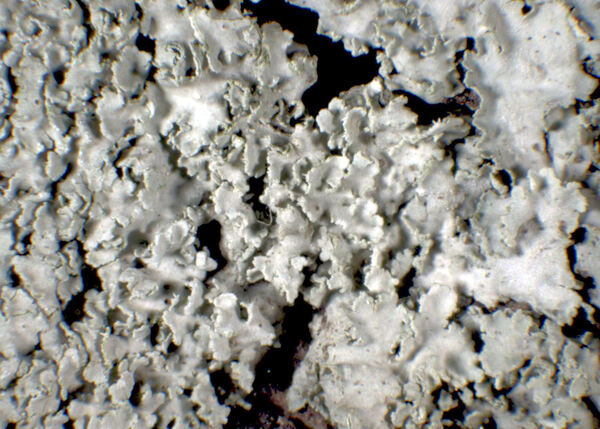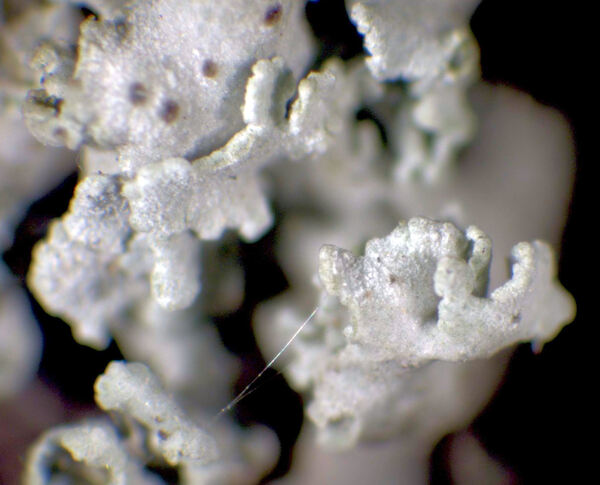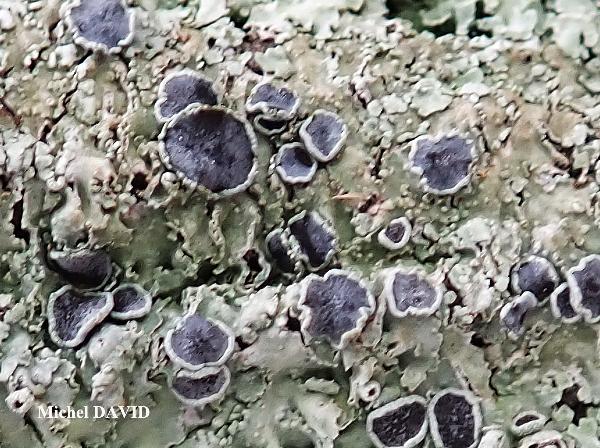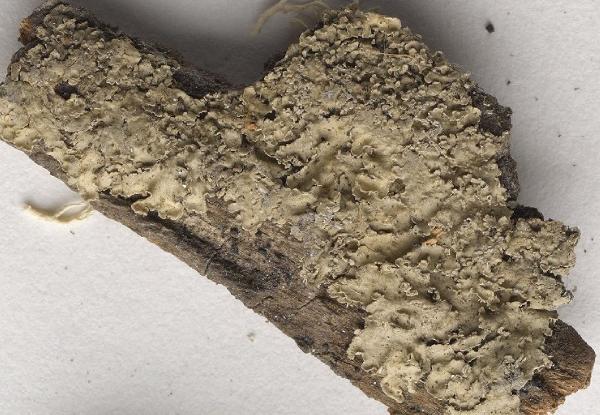Physcia biziana var. leptophylla Vězda
Sched. ad Lich. Sel. Exs., 12: 6 (nr. 298), 1964.
Synonyms: Physcia rondoniana Clauzade & Vězda
Distribution: N - Lomb (Delucchi & Valcuvia 2004), Piem (Morisi & Sereno 1995), Lig (Giordani & Brunialti 2000). C - Tosc (Frati & al. 2007, Brunialti & Frati 2010), Laz (Ravera & al. 1999, Massari & Ravera 2002, Roccardi 2003, Munzi & al. 2007, Ravera 2008b, Gagliardi & al. 2010), Mol (Ravera & Genovesi 2012, Genovesi & Ravera 2014, Paoli & al. 2015), Sar (Monte 1993, Zedda 1995, 2002, 2002b, Rizzi & al. 2011, Di Nuzzo & al. 2022). S - Camp (Aprile & al. 2003, 2003b, Nimis & Tretiach 2004, Santitoro & al. 2004, Garofalo & al. 2010, Catalano & al. 2014, 2016), Cal, Si (Nimis & al. 1996b, Grillo & Caniglia 2004, 2006, Merlo 2004b, Caniglia & Grillo 2006b, Ravera & al. 2023b).
Description: Thallus foliose, heteromerous, dorsiventral, narrow-lobed, closely adpressed, forming orbicular to irregular, up to 3(-4) cm wide rosettes. Lobes 1-2(-3) mm broad, flat to usually concave, especially at tips, emaculate, white-pruinose at least at apex, with a farinose pruina, the margins densely lobulate, the lobules flattened, fragile, thin, crowded in central parts of thallus. Lower surface white to brownish, with simple rhizines. Upper cortex paraplectenchymatous; medulla white; lower cortex prosoplectenchymatous, with the lowermost part gradually forming rounded, isodiametric cells. Apothecia rare, lecanorine, to 2 mm across, with a usually white-pruinose disc and a smooth thalline margin. Epithecium brown; hymenium and hypothecium colourless; paraphyses slender, simple or forked in upper part, the apical cells clavate, with a thin, dark brown cap. Asci 8-spored, clavate, the K/I+ blue tholus penetrated by a faintly amyloid apical cushion with parallel or diverging flanks, the wall K/I-, surrounded by a K/I+ blue outer layer, Lecanora-type. Ascospores 1-septate, brown, ellipsoid, 15-18 x 6.5-9 µm, often poorly developed, the wall thickened at apex and at septum, Physcia-type. Photobiont chlorococcoid. Spot tests: upper cortex K+ yellow, C-, KC-, P- or P+ faintly yellow; medulla K-, C-, KC-, P-. Chemistry: upper cortex with atranorin. Note: an interesting taxon well worth of further study, with a mainly Tyrrhenian distribution in Italy.
Growth form: Foliose, narrow lobed
Substrata: bark and rocks
Photobiont: green algae other than Trentepohlia
Reproductive strategy: mainly asexual, by isidia, or isidia-like structures (e.g. schizidia)
Poorly known taxon in need of further study
Commonnes-rarity: (info)
Alpine belt: absent
Subalpine belt: absent
Oromediterranean belt: absent
Montane belt: absent
Submediterranean belt: absent
Padanian area: absent
Humid submediterranean belt: rather common
Humid mediterranean belt: rather common
Dry mediterranean belt: absent

Predictive model
Herbarium samples

Michel David - Source: http://www.lichensmaritimes.org/index.php?task=fiche&lichen=1018&lang=en
France, Corse, Corbara, on Juniperus
det. P.L. Nimis

Michel David - Source: http://www.lichensmaritimes.org/index.php?task=fiche&lichen=1018&lang=en
France, Corse, Corbara, on Juniperus
det. P.L. Nimis
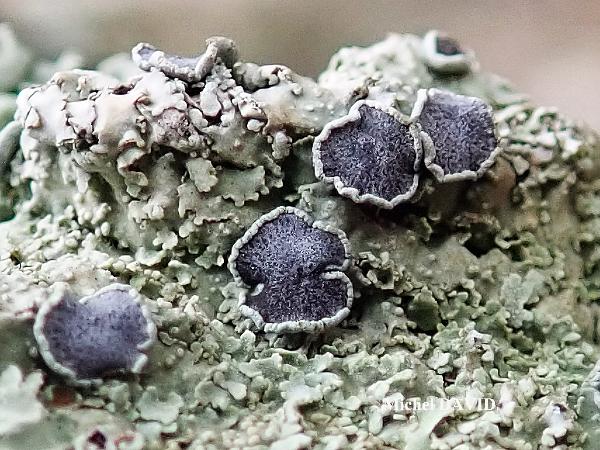
Michel David - Source: http://www.lichensmaritimes.org/index.php?task=fiche&lichen=1018&lang=en
France, Corse, Corbara, on Juniperus
det. P.L. Nimis
Growth form: Foliose, narrow lobed
Substrata: bark and rocks
Photobiont: green algae other than Trentepohlia
Reproductive strategy: mainly asexual, by isidia, or isidia-like structures (e.g. schizidia)
Poorly known taxon in need of further study
Commonnes-rarity: (info)
Alpine belt: absent
Subalpine belt: absent
Oromediterranean belt: absent
Montane belt: absent
Submediterranean belt: absent
Padanian area: absent
Humid submediterranean belt: rather common
Humid mediterranean belt: rather common
Dry mediterranean belt: absent

Predictive model
| Herbarium samples |

Michel David - Source: http://www.lichensmaritimes.org/index.php?task=fiche&lichen=1018&lang=en
France, Corse, Corbara, on Juniperus
det. P.L. Nimis

Michel David - Source: http://www.lichensmaritimes.org/index.php?task=fiche&lichen=1018&lang=en
France, Corse, Corbara, on Juniperus
det. P.L. Nimis

 INDEX FUNGORUM
INDEX FUNGORUM
 GBIF
GBIF


